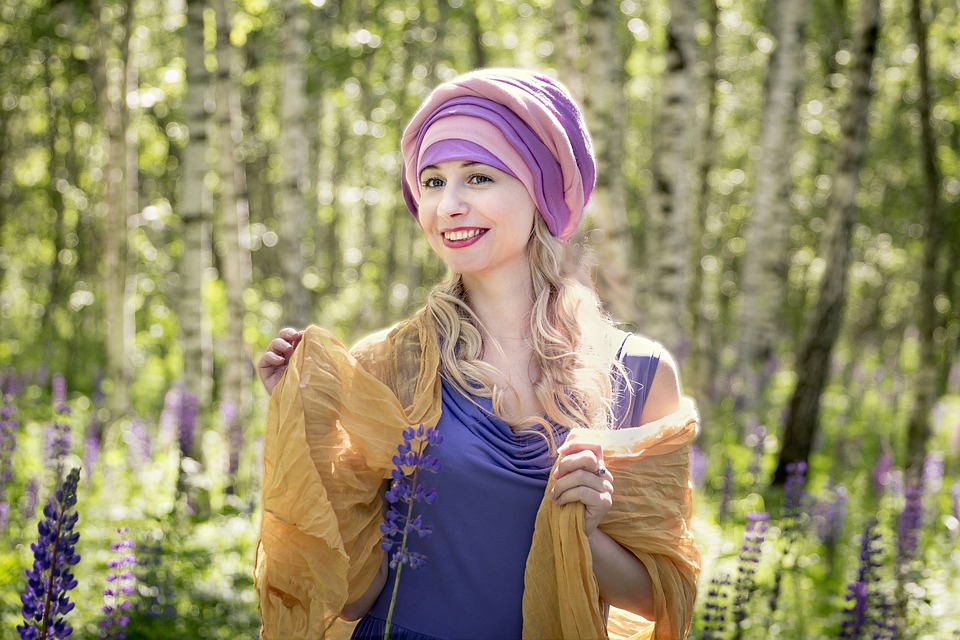Introduction
The Arab world has traditionally placed a great emphasis on a slim, hour-glass figure as the epitome of beauty. However, a growing movement of Arab women is now challenging these traditional beauty standards and promoting body positivity. From bloggers to models and even celebrities, more and more women are advocating for self-love and self-acceptance regardless of their body shape and size.
The roots of body shaming in Arab culture
A slim physique has been promoted as the quintessential beauty standard in the Arab world for generations. This is largely because it is perceived as a symbol of wealth and high social status. In the past, plump women were often regarded as unattractive or unhealthy. The prevalence of Western media and the rise of social media have only served to perpetuate these ideals in recent years, with influencers and celebrities being held to strict beauty standards and scrutinized for any perceived physical flaws.
Breaking down stereotypes
Despite the deeply ingrained beauty norms, a growing number of Arab women are taking to social media to promote body positivity. They are challenging societal norms and speaking out against the harmful effects of body shaming. Some of these women are bloggers like Dina Torkia, who has over 1 million followers on Instagram, while others are models like Halima Aden, who was the first model to wear a hijab in the Miss Minnesota USA pageant.
Empowering words and images
Through their posts and images, these women are encouraging others to embrace their bodies and embrace themselves. They are using their platforms to share empowering messages and images of real bodies that represent different shapes, sizes, and skin colors. These women are showing that beauty comes in many forms, and that it is more important to love and accept oneself than to try to conform to societal ideals.
Positive impact on mental health
The body positivity movement is not just about promoting a certain appearance, but also about mental health and wellbeing. The standards of beauty imposed on women in the Arab world can often lead to negative self-image and low self-esteem, with serious consequences for mental health. The body positivity movement offers a counterpoint to these pressures, emphasizing that all bodies are beautiful and worthy of love and respect.
The broader impact of body positivity in the Arab world
The body positivity movement in the Arab world has the potential to impact not only individuals’ self-image and mental health but also broader societal values. By challenging the established beauty norms and promoting self-acceptance, these women are effectively challenging a history of patriarchal standards that have long dictated what is acceptable for women’s bodies. They are creating a space where women can be themselves and be celebrated for who they are, rather than their appearance or social status.
Challenges and criticisms
Of course, the body positivity movement in the Arab world is not without its challenges and criticisms. Some argue that promoting heavier body types can be unhealthy and sends the wrong message. Others argue that these very notions of beauty are what make individuals stand out, and this promotes uniqueness or individuality. At the same time, many also accuse the movement of being too focused on physical appearance and not enough on other issues such as societal inequality and economic opportunities.
Conclusion
All said, the body positivity movement in the Arab world is growing and making an impact. The women who are leading the charge offer a necessary counterpoint to the oppressive beauty norms that have dictated women’s appearances for too long. By promoting self-love and self-acceptance, these women are not only improving women’s self-images and mental health, but also reshaping broader societal values. The emerging movement to acknowledge uniqueness and individuality, rather than conformity to body and appearance standards, offers strong support to the growth of this movement. Ultimately, equity, opportunity, and empowerment of individuals require efforts and discussions beyond appearance and accepting diversity in all its forms as only one facet of the wider agenda.
For a comprehensive understanding of the topics discussed in this article and to explore further resources, we encourage you to visit the following link: https://aflamaljins.com/سكس-عربي-مصري/